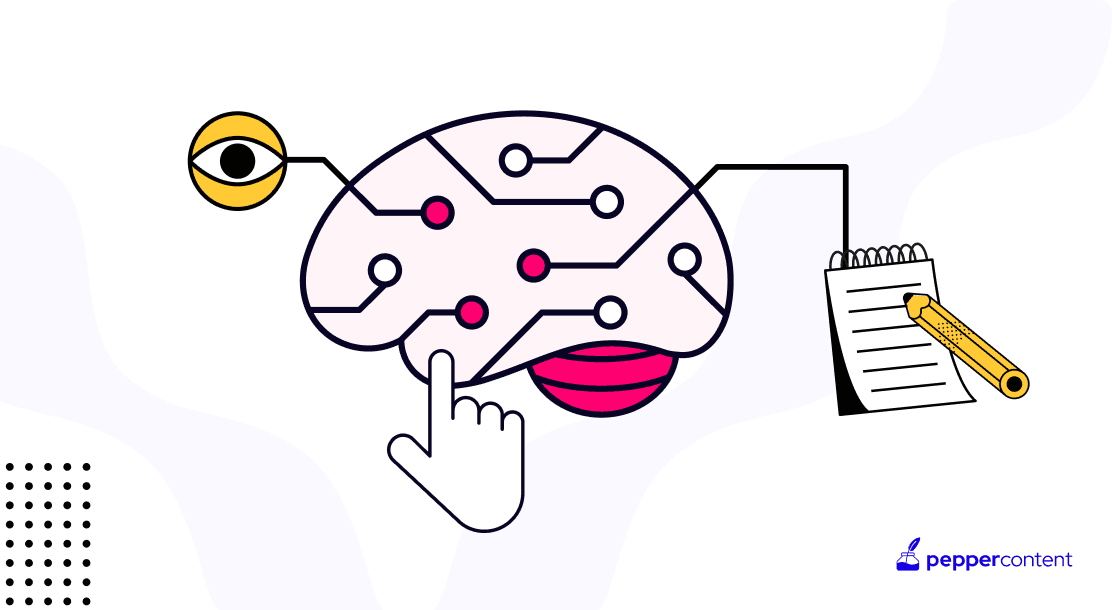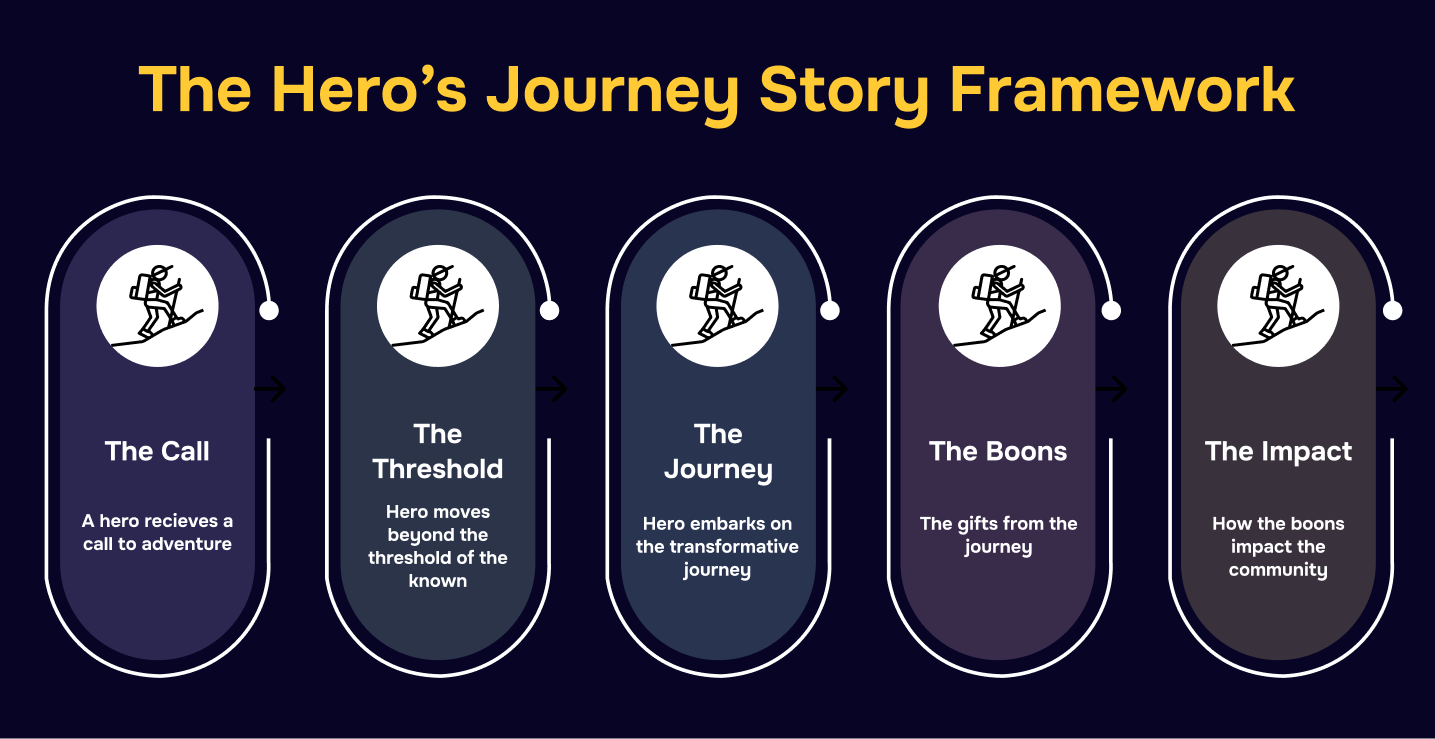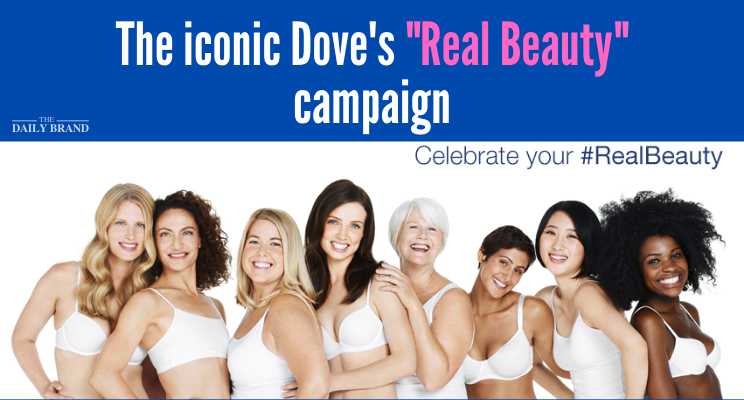Tapping Into Human Psychology Through the Art of Storytelling in Content Marketing

Have you ever wondered why some stories stick in your mind long after you’ve read them? This is not just by chance. Jennifer Aaker, a renowned behavioral scientist, professor, and author reveals something interesting: “Stories are remembered up to 22 times more than facts alone.” In the world of content marketing, this insight is like striking gold.
For many marketers, the real struggle isn’t just about getting their message out there; it’s about making it stick and remembered. Amidst a sea of information, the traditional methods of presenting facts and figures are often lost in the noise. This is where the art of storytelling in content marketing shines. By weaving psychological elements into narratives, marketers can transform their content from forgettable information to memorable experiences.
Incorporating storytelling in content marketing is a journey that resonates, engages, and, most importantly, remains in the minds of your audience long after they’ve disengaged from the content. As we delve deeper into this topic, remember, it’s not just about telling a story; it’s about crafting an experience that aligns with the very fabric of human psychology.
Unveiling the Psychological Layers Behind Effective Marketing
Think about the last ad that really stuck with you. What made it memorable? It’s all about getting into the heads of your audience. Here’s an interesting fact: when you weave storytelling into your marketing, you could see conversion rates jump by as much as 30%.
It shows just how powerful understanding people’s minds can be in marketing. So, let’s dive into some of the key psychological tricks that can make your marketing not just noticeable, but unforgettable.
A. Simple Yet Powerful Triggers
Think fast, act now. Let’s delve into how scarcity, authority, and social proof can turn a maybe into a definite yes.
- Scarcity: “Limited time offer!” This phrase isn’t just catchy; it’s a psychological nudge. It plays on our fear of missing out, urging us to act fast.
- Authority: Trust is key. When a respected expert recommends a product, we listen. It’s about leveraging credibility to build consumer confidence.
- Social proof: Ever bought something because others did? That’s social proof in action. Customer testimonials and reviews can sway decisions more than you might think.
B. Subtle Biases, Big Impact
What you see is what you get—or is it? Unpack the impact of confirmation bias and anchoring on consumer perceptions.
- Confirmation bias: We love it when information fits our beliefs. Marketing that aligns with your audience’s pre-existing notions can be incredibly persuasive.
- Anchoring: First impressions matter. The initial information we receive (like a price or a feature) sets the stage for how we view the rest.
C. Emotion: The Heart of the Story
Feel the pulse of your campaign. Discover how emotions are not just part of the story, but often the entire plot.
- Emotions drive decisions: A heartfelt story or an exciting announcement can make your audience feel connected and invested. Remember, it’s not just about selling a product; it’s about creating an experience that resonates on an emotional level.

Helpful read: Emotional Advertising: How Brands Use Feelings To Get People To Buy
The Key Ingredients of Storytelling in Content Marketing
Have you ever been so captivated by a story that it felt like you were part of it? That’s the magic we aim for in marketing. In a world where attention is the hardest currency, a well-spun story is a must. From the simple tale of a brand’s origin to the complex journey of a hero customer, effective storytelling in marketing turns everyday content into unforgettable experiences.
Let’s uncover the storytelling elements that don’t just tell, but enchant and engage:
The Hero’s Journey
Step into the shoes of your customer. Consider the Hero’s Journey, a classic narrative arc used in countless successful campaigns. It’s about a character (your customer) who overcomes challenges (their needs or problems) with the help of a guide (your brand). Think of Apple’s marketing, portraying users as creative heroes, empowered by their products.

Conflict and Resolution
Every good story needs a twist. Conflict introduces the problem your audience faces, and resolution provides your solution. Just like in Dove’s Real Beauty campaign, where the conflict was societal beauty standards, and the resolution was embracing natural beauty—a narrative that kept audiences engaged and talking.
Pacing
Keep them on the edge of their seats. Pacing is crucial in keeping your audience’s attention. Too fast, and you’ll lose depth; too slow, and you risk boredom. Nike’s advertising often nails this, maintaining a rhythm that keeps viewers engaged, moving swiftly from problem to solution while highlighting their products’ role in achieving personal goals.

Weave Minds (Psychology) and Tales (Stories) for Better Impact
Imagine creating a marketing narrative so powerful it feels almost instinctual to your audience. This isn’t just about telling a story or understanding psychology; it’s about merging the two into a seamless, compelling narrative. Let’s explore how blending psychological insights with storytelling craft can create marketing that not only captures attention but also resonates deeply.
1. Trigger Matching
Craft with precision. When you align psychological triggers with story elements, you create a compelling call to action. Pro tip: Use the climax of your story to introduce scarcity or urgency, transforming interest into action. For instance, a limited-time offer that aligns with the story’s peak moment creates a natural and irresistible urge to engage.
2. Creating Emotional Arcs
Emotions are your narrative’s heartbeat. Building emotional journeys in your stories can significantly amplify their impact. Pro tip: Map out the emotional journey of your customer, from initial curiosity to final satisfaction. Like a good novel, your story should take the audience through a rollercoaster of emotions, each carefully crafted to align with their experiences and aspirations.
3. Cognitive Resonance
Harmonize your story with the audience’s mindset. Aligning your narrative to leverage cognitive biases is a subtle yet powerful technique. Pro tip: Use storytelling to reinforce confirmation bias positively. For example, if your audience values sustainability, weave this theme into your narrative, reinforcing their belief while subtly aligning your brand with these values.
By adding these nuanced strategies to your marketing toolkit, you elevate your content from mere information to an engaging, psychologically resonant narrative. Remember, in the art of storytelling in content marketing, it’s not just about what you say, but how you say it—merging psychology and storytelling to create unforgettable experiences.
Insightful read: The Psychology Of Persuasive Content
Storytelling Unfolded: Lessons from the Field
In the world of content marketing, theory only goes so far. It’s the real-world applications that truly illuminate the power of merging psychology with storytelling. Let’s examine some case studies that bring this concept to life, showcasing both wins and stumbles. Let’s delve into these narratives and extract key lessons from each.
Let’s Talk Brand Narratives—Dove’s “Real Beauty” Campaign: Redefining Beauty Standards
Dove’s campaign was a revolutionary approach in the beauty industry. They shifted the focus from idealized images to real, diverse representations of beauty. By featuring women of all shapes, sizes, and ages, Dove struck a chord with a broader audience.
This approach wasn’t just about showcasing products; it was about narrating a story of self-acceptance and challenging deep-seated societal norms. It resonated because it spoke to an emotional, and psychological need for inclusivity and self-love, making the campaign a resounding success.

This is an example of how authenticity in storytelling, aligning with the audience’s values and emotions, can transform a brand narrative into a movement.
What About the Failed Attempts? The Thin Line Between Resonance and Disconnect.
Brand often fails when storytelling misses the mark. Consider the Pepsi Kendall Jenner ad, which aimed for a message of unity but missed the psychological depth, coming off as tone-deaf instead. This misstep demonstrates the delicate balance in storytelling—getting the emotional pitch just right.
Similarly, Chevrolet’s attempt to appeal to millennials ended up reinforcing stereotypes, a clear example of how a lack of authentic psychological understanding can lead to disconnection from the intended audience.
Let’s Talk The Numbers Behind the Narratives
Statistics speak volumes. Reflecting on a 2023 survey, we see that 78% of marketing decision-makers stressed the importance of personal, human-first messaging in storytelling. The most effective element? Creating an emotional response, as stated by 79% of respondents.
These numbers highlight the significance of psychological engagement in storytelling, confirming that narratives that touch the heart are more likely to leave a lasting impact.

A Look at Some Iconic Examples—Stories That Echo Beyond the Campaign
Nike’s “Just Do It” saga goes beyond promoting sports apparel; it inspires action and determination. Lego, with its magazine showcasing customer creations, celebrates the creativity of its audience, making them feel seen and valued.
They are narratives that deeply align with their audience’s aspirations and creativity. They exemplify how stories when infused with psychological insights, can transform from mere marketing to an integral part of the audience’s identity and experience.
As you weave your marketing narratives, let these case studies be your guide. They offer a clear message: the most impactful storytelling is that which echoes the psychological needs and desires of the audience, creating not just engagement but a lasting bond.
Insightful read: 18 Best Advertisements & Ad Campaigns Of All Time
5 Ways to Apply Psychology and Storytelling in Marketing
When blending psychology with storytelling in your content marketing, knowing where to start and how to proceed is crucial. It’s about weaving together insights and narrative in a way that resonates with your audience. Let’s walk through practical steps to implement this strategy, ensuring your content not only reaches but also engages and influences your audience.
1. Research Target Audiences
Know who you’re talking to. Dive deep into understanding your audience. What are their desires, fears, and preferences? This knowledge is the foundation for creating content that not only reaches but speaks to your audience on a personal level.
2. Integrate Psychological and Storytelling Elements
Blend art with insight. Once you know your audience, infuse your SEO and content with psychological and storytelling elements. Use emotional triggers, narrative arcs, and character-driven stories to make your content more engaging and relatable.
3. Keep Content Current
Stay ahead of the curve. Regularly review your content to identify gaps and outdated information. Update your material with new psychological insights and evolving SERP trends to keep it fresh and relevant.
4. Use Data to Guide Decisions
Let numbers tell a story. Utilize analytics to understand how your audience interacts with your content. This data can guide you in refining your approach, ensuring your content aligns with both search engine trends and user preferences.
5. Encourage Audience Interaction
Make it a two-way conversation. Create opportunities for your audience to engage with your content. Whether through comments, social media, or interactive elements, this engagement deepens the connection and provides valuable feedback.
Concluding Thoughts
In this journey through the art of storytelling in content marketing, we’ve uncovered the profound impact of intertwining human psychology with compelling narratives. It’s clear that the most resonant marketing transcends mere promotion, evolving into stories that echo in the audience’s mind, influencing not just their choices but their perceptions.
As you weave these insights into your strategies, remember, each piece of content is an opportunity to not just inform, but to connect, inspire, and leave an indelible mark on the hearts and minds of your audience. That’s the true power of storytelling in content marketing.
Want to tell your brand story but don’t know how? Pepper Content is here to help. Book a demo for our content strategy services or check out our writing services today.
Latest Blogs
Explore how Google’s 2025 AI search updates triggered ranking chaos. Learn actionable strategies to adapt your SEO for AI Overviews, zero-click searches, and SERP volatility. Stay ahead now.
Learn how to rank on AI search engines like ChatGPT, Perplexity, and Gemini by optimizing your content for authority, structure, and relevance. Stay ahead in AI-driven search with this strategic guide.
Explore the best healthcare SEO services for your medical practice. Improve online visibility and effectively reach more patients in need of your services.
Get your hands on the latest news!
Similar Posts

Content Strategy
5 mins read
Choosing The Best Healthcare Marketing Agency For Effective Content Solutions

Content Marketing
4 mins read
Top 10 Agencies B2B SaaS Content Marketing for B2B Success

B2C Marketing
5 mins read